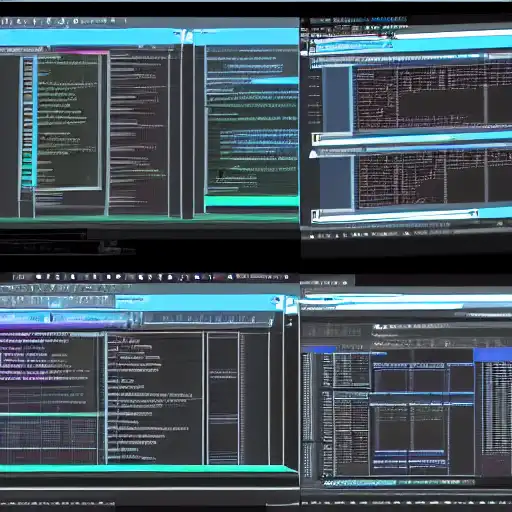
Apr 3rd, 2023
The Mediator Pattern is a behavioral design pattern that promotes loose coupling between a set of objects by eliminating direct references between them and instead, providing a mediator object to facilitate communication between them. This pattern helps to simplify the relationships between objects, making them more maintainable and flexible.
In the Mediator Pattern, the mediator object acts as a central hub that coordinates the communication between the objects. Instead of the objects communicating with each other directly, they communicate through the mediator, which encapsulates the communication logic.
The Mediator Pattern typically consists of the following components:
- Mediator: This is an interface that defines the methods for communicating with the objects. It provides a central point of control for the objects and encapsulates the communication logic.
- Concrete Mediator: This is a concrete implementation of the Mediator interface. It contains a reference to all the objects that need to communicate with each other.
- Colleague: This is an interface that defines the methods that the objects use to communicate with the mediator.
- Concrete Colleague: This is a concrete implementation of the Colleague interface. It communicates with the mediator to send and receive messages.
Let's take an example of a chat application where multiple users can communicate with each other. The Mediator Pattern can be used to create a chat room that acts as a mediator between the users.
First, we define the Mediator interface that includes methods for adding and removing users and broadcasting messages to all the users. We can then create a Concrete Mediator class that implements the Mediator interface and contains a reference to all the users in the chat room.
Next, we define the Colleague interface that includes methods for sending and receiving messages. We can then create a Concrete Colleague class that implements the Colleague interface and communicates with the mediator to send and receive messages.
Finally, we can use the chat room mediator to coordinate the communication between the users. When a user sends a message, it is sent to the chat room mediator, which then broadcasts the message to all the users.
By using the Mediator Pattern, we can create a flexible and extensible system that promotes loose coupling between the objects. We can easily add new users to the chat room or modify the communication logic without affecting the other objects.
In conclusion, the Mediator Pattern is a powerful behavioral design pattern that promotes loose coupling between objects by eliminating direct references between them. By using the pattern, we can create flexible and extensible systems that are easier to maintain and modify.